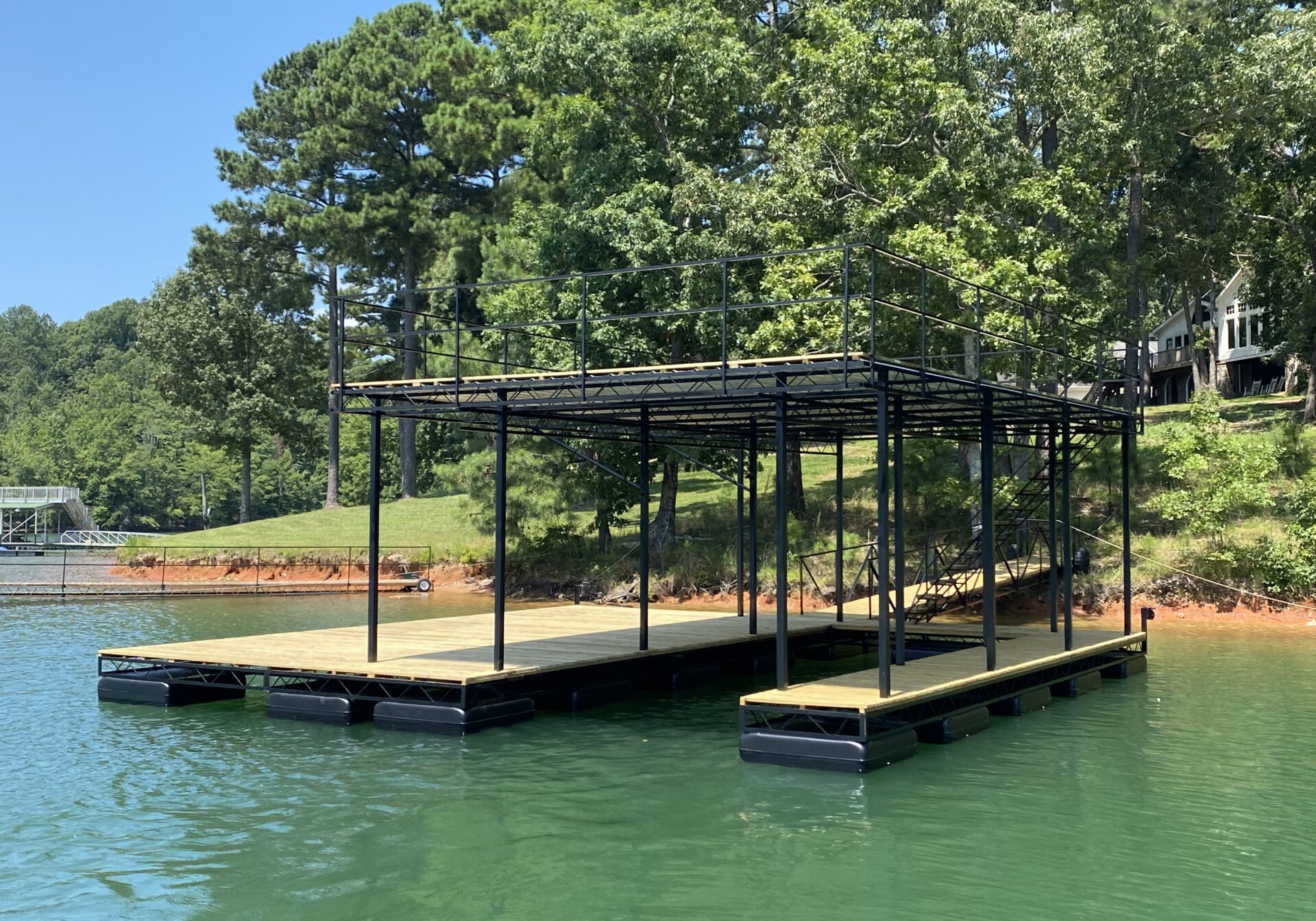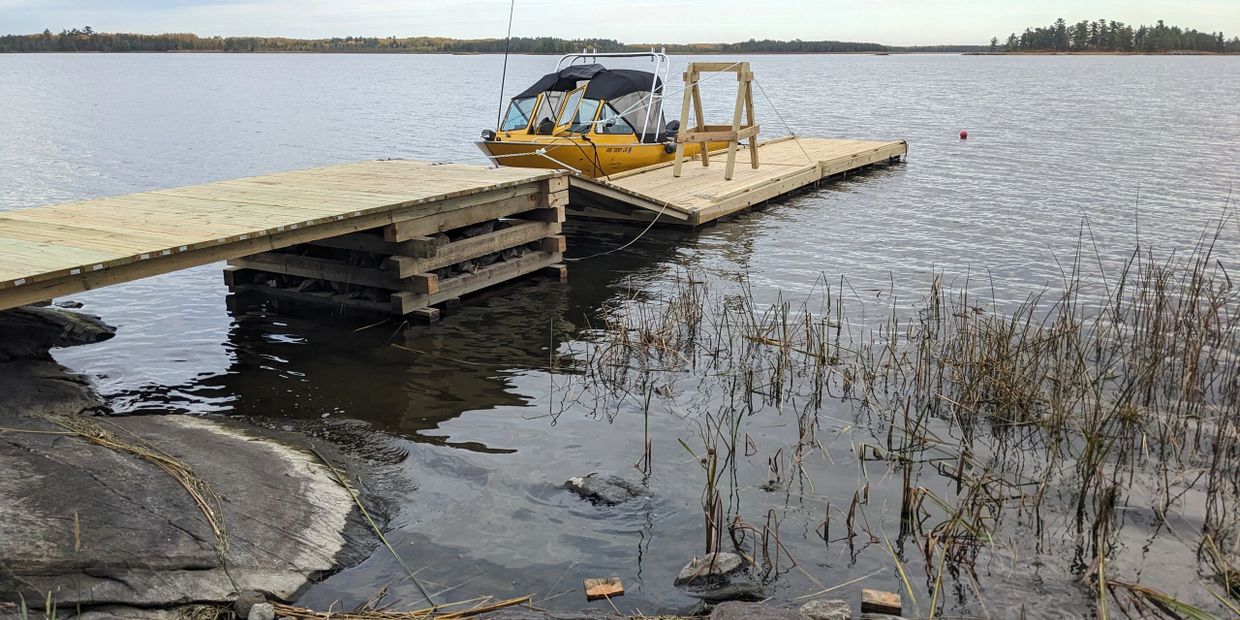Efficient Dock Repair Techniques: Ensuring Structural Integrity
Ensuring the architectural stability of docks through reliable fixing methods is critical for the long life and safety of aquatic facilities. Ultimately, selecting the appropriate repair service materials, such as composite materials and corrosion-resistant alloys, is critical for sturdiness.
Assessing Dock Damages
Assessing dock damage is a vital primary step in ensuring the architectural honesty and safety of any type of docking center. This initial assessment entails a detailed examination to determine both visible and hidden problems. Trick facets to examine include the dock's foundation, pilings, decking, and hardware. Each element needs to be looked at for indicators of wear, rot, deterioration, or other forms of degradation that could jeopardize the structural stability.
Architectural engineers or qualified inspectors generally perform these assessments making use of specialized methods and tools. Underwater inspections could use finder devices or remotely operated vehicles (ROVs) to detect submerged damages. Over water, aesthetic assessments are matched by utilizing wetness meters and other analysis devices to discover underlying problems not right away visible to the naked eye.

Deciding On Fixing Products
Selecting the suitable fixing products is a pivotal action in the dock remediation procedure, one that straight affects the long life and efficiency of the fixed framework. Product selection must be driven by variables such as environmental problems, load-bearing requirements, and compatibility with existing dock elements. Wood is a standard option for docks due to its natural resilience and aesthetic appeal. Picking the ideal type of wood, such as pressure-treated lumber or normally rot-resistant types like cedar or teak, is essential to withstand marine atmospheres.
In enhancement to wood, composite materials are significantly prominent due to their durability and reduced maintenance needs. Composites, generally made from a mix of plastic and wood fibers, offer superb resistance to rot, bugs, and UV damages. For metal docks, picking corrosion-resistant alloys such as galvanized steel or marine-grade aluminum is important to prevent corrosion and ensure architectural integrity in saline water problems.
Epoxy materials and marine-grade sealants are vital for repairing fractures and securing joints, providing a water resistant obstacle and improving the dock's total strength. By carefully picking top quality products, dock repair work can attain lasting outcomes, therefore protecting versus future destruction and ensuring secure, trustworthy usage.
Architectural Support Techniques
Efficient structural support methods are important in making sure the stability and durability of dock repair services. This technique is especially efficient for docks exposed to hefty loads or harsh ecological problems.
One more vital method is the application of fiber-reinforced polymers (FRP) These materials supply high strength-to-weight proportions and outstanding resistance to corrosion, making them ideal for enhancing concrete or wooden docks. FRP can be used in sheets or strips and bound with epoxy resins to boost structural honesty.
Supporting and anchoring systems also play a crucial duty in structural reinforcement. Cross-bracing, making use of steel or wooden light beams, can combat side forces, reducing guiding and motion. Anchoring systems, such as helical piers or driven stacks, provide a secure foundation by moving tons to much deeper, much more secure soil layers.
Last but not least, the combination of load-distribution plates can help distribute weight extra uniformly across the dock's surface, mitigating localized stress and anxiety points. These strategies collectively make certain that docks stay safe and robust, with the ability of enduring the roughness of their operational setting.
Advanced Repair Approaches

Another sophisticated strategy involves underwater welding, which enables fixings to be performed without the requirement to dewater the location. This method is particularly helpful for addressing architectural concerns in submerged dock components, making sure marginal disruption to procedures. Improved welding methods, read what he said paired with robot systems, provide accuracy and integrity, thus prolonging the life-span of the dock.
Additionally, cathodic protection systems are executed to avoid rust in metallic dock structures. By making use of sacrificial anodes or pleased present systems, these techniques effectively minimize the electrochemical procedures that result in product damage.
Finally, advanced surveillance innovations, such as structural wellness surveillance (SHM) systems, supply real-time data on the condition of dock frameworks. These systems allow aggressive upkeep and timely treatments, eventually guaranteeing the lasting structural integrity of the dock.
Maintenance and Avoidance
Maintenance and prevention are essential concepts that underpin the long life and safety of dock frameworks. Routine examinations are vital, enabling very early detection of damage, prospective weak points, go to website and environmental influences. A proactive strategy, including routine look for corrosion, rot, and architectural changes, minimizes costly fixings and extends the dock's functional life.
Safety nets must consist of applying protective coatings to metal elements to defend against rust and utilizing cured timber to resist decay. In addition, ensuring proper drain and air flow can prevent water accumulation, which is a typical source of architectural destruction. Incorporating quality materials and adhering to maker standards throughout construction and repair phases likewise play vital duties in boosting resilience.

Training personnel in dock upkeep ideal methods guarantees consistent application of safety nets. Leveraging technical breakthroughs, such as drones for assessments and sensors for real-time monitoring, can better enhance upkeep initiatives. By focusing on maintenance and avoidance, dock proprietors can make sure structural integrity, functional security, and cost-effective monitoring over the dock's life-span.
Verdict
In final thought, keeping the architectural integrity of marine centers demands comprehensive dock repair work methods. Advanced fixing view website techniques, coupled with routine maintenance methods, make certain the dock continues to be operational and risk-free under varied ecological problems.
Making certain the architectural integrity of docks through effective repair work methods is vital for the long life and safety and security of aquatic centers.Picking the ideal repair materials is a pivotal step in the dock restoration process, one that directly affects the long life and efficiency of the fixed framework.Efficient structural reinforcement techniques are crucial in guaranteeing the stability and longevity of dock repairs. By focusing on upkeep and prevention, dock owners can ensure architectural honesty, functional safety, and cost-effective management over the dock's life-span.
In final thought, preserving the structural honesty of aquatic facilities necessitates thorough dock repair service methods.